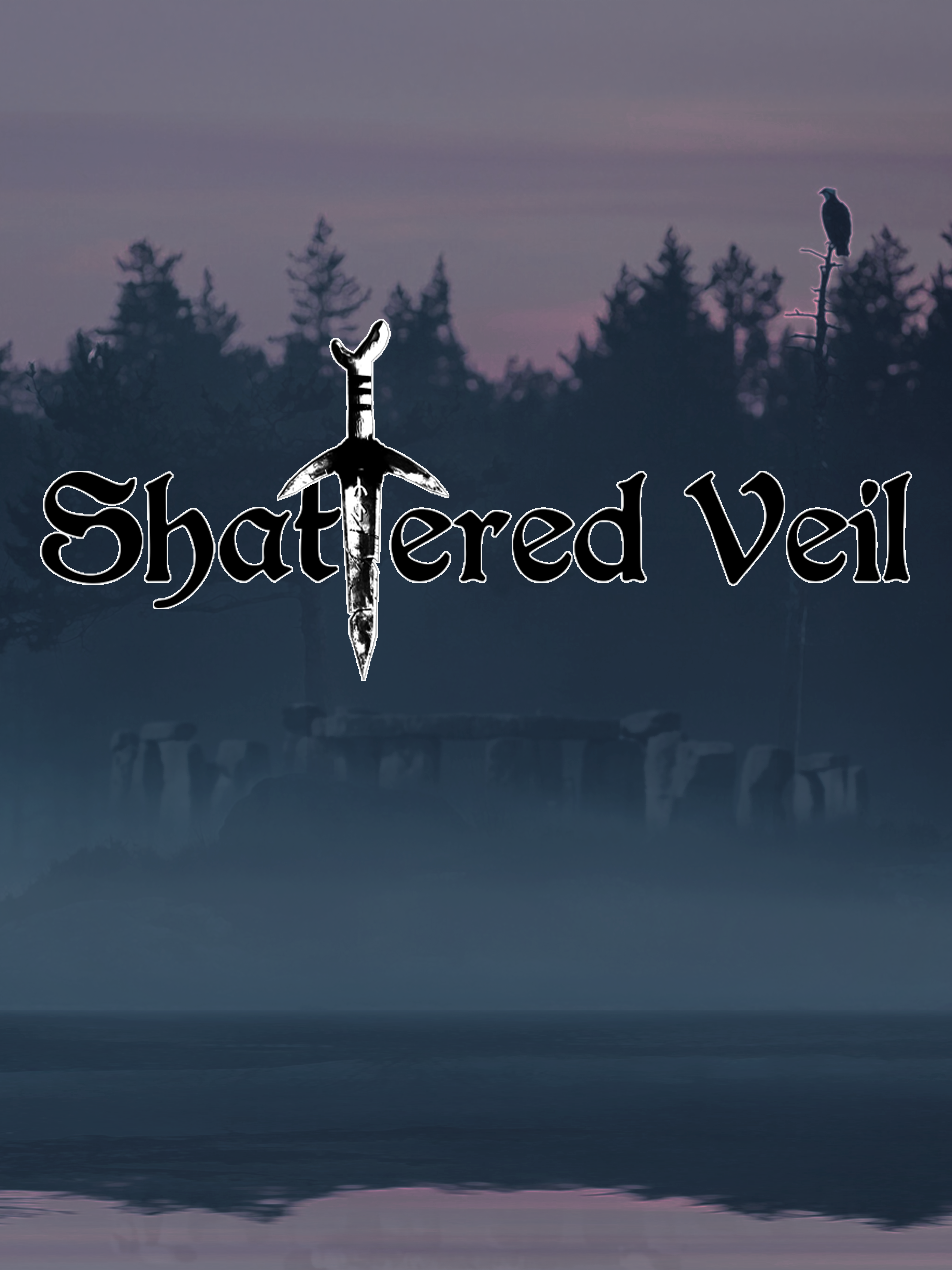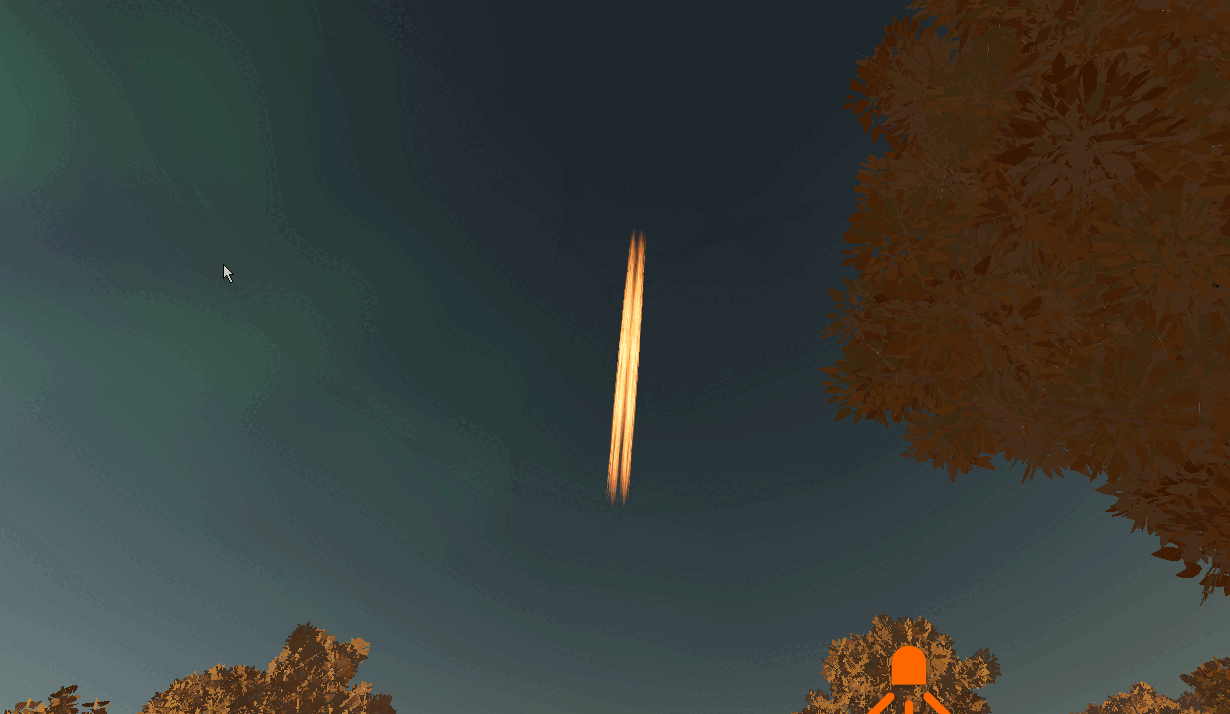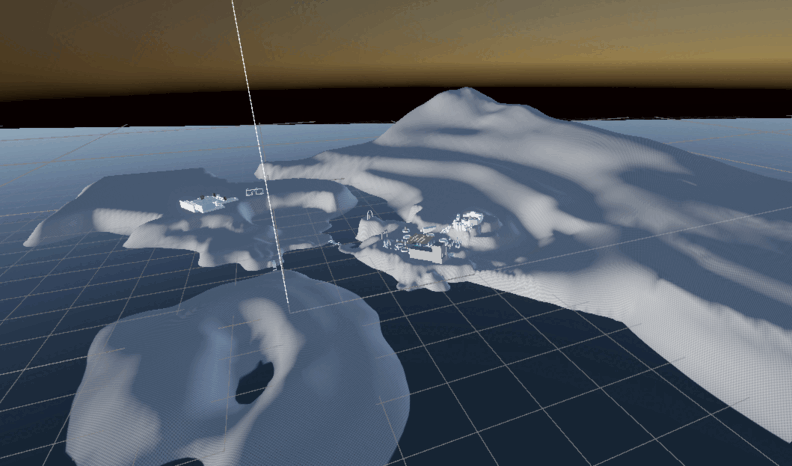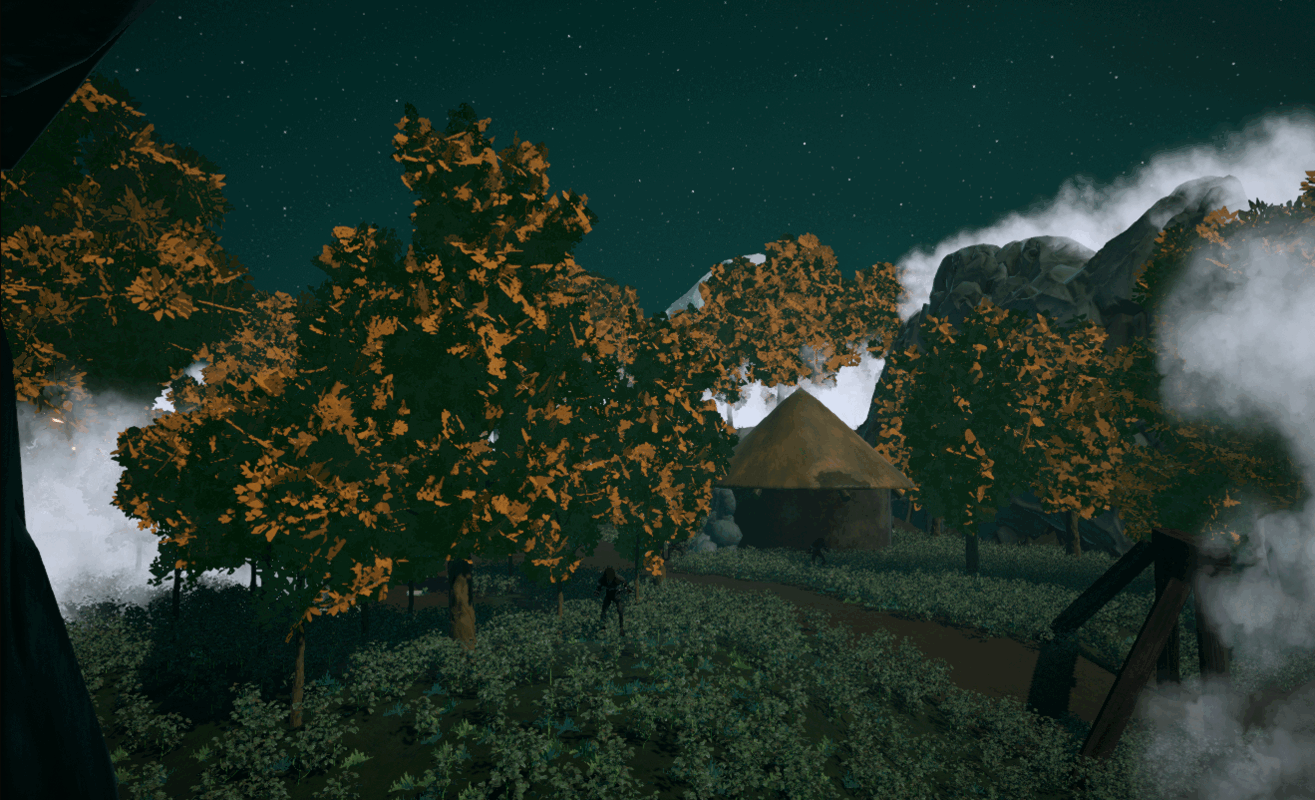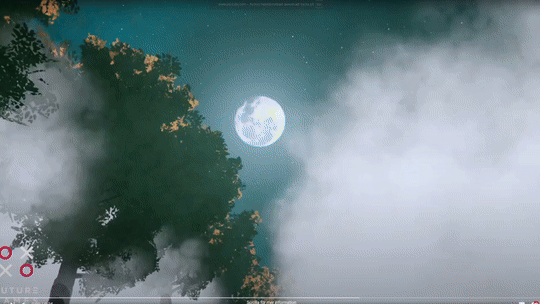Project: Shattered Veil
Unity C# ProBuilder FMOD Jira Miro
As both Level and Sound Designer, my goal was to lead the player through three distinct areas: a village, a church, and a ritual site. My focus within these areas was to build tension and tell a story without relying on explicit text.
Read more about the level design process
Alpha Stage: Sketching, Iteration & Team Alignment
My process for this level began with a hand-drawn sketch...
- The initial focus was on the environment's design. I created a complete blockout of the level using simple geometry to establish the fundamental layout, scale, and player flow. This allowed for early testing of sightlines and composition before any art assets were produced..
- Finally, I gathered foundational feedback from my peers. These early sessions were not about polish, but about validating the core concept. The positive feedback on the level's flow and premise confirmed that our design was on the right track, giving us a solid and validated foundation to build upon for the Beta phase.
- This collaborative process allowed us to choose a unified direction...
Beta Stage: Environment Art & Custom VFX
- The beta phase began with structured playtesting sessions focused on clarity and pacing. My primary goal was to identify areas of friction in the player's journey. By observing players and conducting post-session interviews, I gathered critical data on confusing level sections and unbalanced encounters.
- Analysis of the feedback revealed a major bottleneck in the church area, where players consistently missed a key exit. My solution was to iterate on the level's lighting and add new environmental cues to guide the player's eye. This change was implemented and then tested again in a smaller follow-up session.
- Through several iterative loops, the level's pacing and difficulty curve were significantly improved. The initial frustrating bottleneck was eliminated, resulting in a smoother and more intuitive player experience that better supported the game's narrative goals. The final beta version was more balanced, clear, and ultimately, more engaging.
Gold Stage: Player Flow & Creative Problem-Solving
- I conducted several "polishing passes" where I adjusted lighting and small details to elevate the overall atmosphere.
- Actively participated in bug hunts, where I identified, reported, and sometimes fixed minor visual or layout-related bugs.
- Ensured that the gameplay experience was stable and consistent from start to finish.
Post-Mortem: Reflections & Key Learnings
Key Takeaway:
This project solidified my understanding that clear communication and defined ownership aren't just 'management-speak'—they are the most critical tools a team has to prevent costly delays and enable true creative collaboration.
What Went Well:
- I'm especially proud of the close collaboration with our Narrative Designer. We worked in tight sync to ensure the level layout directly supported the story's emotional beats, using environmental storytelling and spatial pacing to build tension and guide the player through the intended narrative arc.
What Could Be Improved:
- One of the most valuable lessons from this project came from an initial production challenge. After some overlapping work caused unforeseen delays, I learned firsthand how vital clear communication and defined responsibilities are. Moving forward, I always make it a priority to establish clear ownership of work areas before beginning a task, a practice that has made me a more efficient and reliable teammate.

